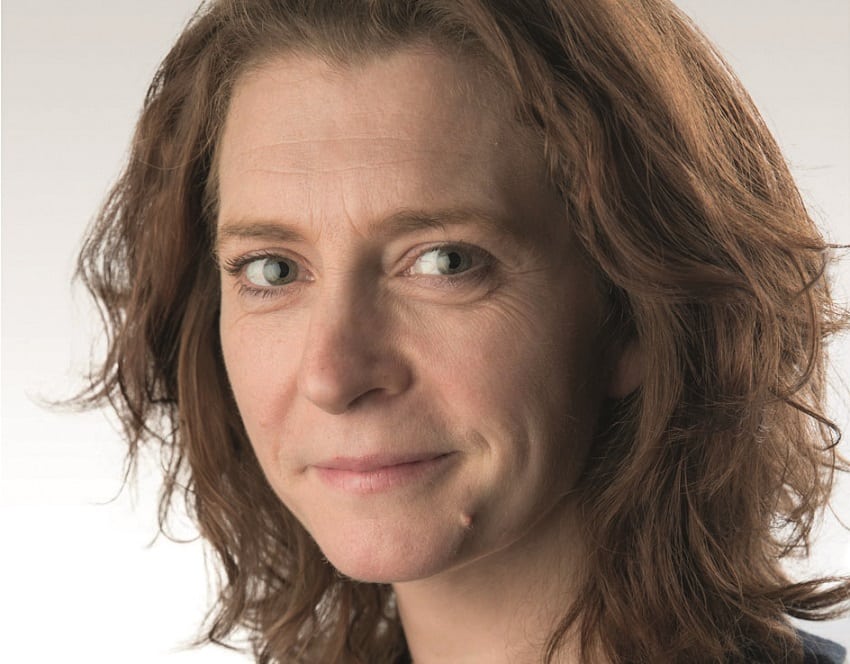The IA £ Corporate Bond sector registered the highest number of funds delivering top quartile returns in each of the last 12-month periods over three years, according to research by BMO Global Asset Management, with 3.7% of the funds making the cut.
Kelly Prior (pictured), investment manager in BMO Global Asset Management’s Multi-Manager team, says: “Looking under the bonnet of this headline figure, our research showed that the three most consistently top quartile IA £ Corporate Bond funds are long duration focused.
These were the Schroder Institutional Long Dated Corp Bond, F&C Institutional Long Dated Corporate Bond and Pimco GIS UK Long Term Corporate Bond funds.
“Looking ahead it will be interesting to see if this trend is repeatable,” Prior says.
Long duration support
Schroder Institutional Long Dated Corp Bond manager Alix Stewart argues long dated bonds are likely to remain well supported, especially over the medium to long-term with the Bank of England being much slower to raise rates than expected.
Stewart says: “With the uncertainty over Brexit and the recent turmoil in Chinese and other emerging markets causing question marks over the sustainability of the synchronised global growth environment, we are unlikely to see a similar duration sell off.
“It has been fashionable to call for the end of the bond market rally for several years now and while it’s true that rates have been rising in the US causing duration to underperform over the past year, longer dated bonds have performed much better than shorter dated bonds.”
But Pimco GIS UK Long Term Corporate Bond manager Ketish Pothalingam says central banks are slowly reversing their accommodative policies.
“Against this backdrop, credit spreads remain close to their long-term average and offer less compelling spread compensation versus their long duration.
“We do not see central banks raising rates to levels seen in previous tightening cycles and as a result we do not see significant risks to bond yields rising sharply from their current levels, we are also wary of having significant exposure to long dated credit right now.”
From tailwind to headwind
Prior says: “Given longer duration funds have greater sensitivity to interest rates, the change in environment from falling to rising interest rates means the tailwind of falling interest rates will change to a headwind for strategies with a focus on longer duration.
“Should we see a change in the expectations of future interest rates and therefore a shift in the yield curve it would take a very different mandate to outperform in both areas of investment.”
Adrian Lowcock, head of personal investing at Willis Owen, says markets go through periods where they believe the US Federal Reserve is either spot on or behind the curve.
“Depending on which school of thought is dominant will drive different parts of the bond market. If you can get the predications correct you can profit from the changing outlook. This has been hard for managers to do.”
Slashing exposure
Richard Flax, chief investment officer at Moneyfarm, has a preference for low duration due to the normalisation of interest rates.
He says: “We recently sold part of the global government bond exposure in our lower risk portfolios, given the current flatness of most yield curves, reducing both EU exposure and vulnerability to interest rate rises.
“This is against a backdrop of a spike in European bond rates due to increased political tensions.”
Flax says short-dated US Treasury bond yields are at their highest since 2008, as the markets start to price in the possibility of four rate hikes by the Fed in 2018, and he increased portfolio exposure here as a result.
Passive vs Active
Meanwhile, for passive investors, governments and corporates issuing low coupon, long-dated debt has pushed up duration in many products.
As passive bond funds have high duration, Prior says they “lack the ability” to protect capital in a rising interest rate environment.
Darius McDermott, managing director at Chelsea Financial Services suggests investors look for short-dated trackers.
McDermott adds he doesn’t expect individual funds to deliver a consistent top quartile performance each and every quarter because sectors, styles and asset classes come in and out of favour.
“Markets can be irrational, and it is not possible to predict every event and know which ones will have the most impact on markets. That is more the job of a multi manager who can blend funds to smooth out performance and provide diversification.”










